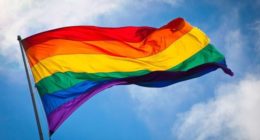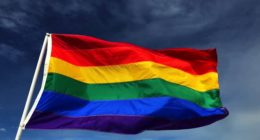By Ange Theonastine Ashimwe
The vast majority of figures in the East African art scene are young people, who are also a representation of the demographics of the region at large.
They have multiple identities they tend to compartmentalize- partly as a result of the historical fractures of the region- they juggle with norms imposed by the complexity of the post-colonial, religious and the tradition (which often weave in and out of each other) and the desire to express their creative vision.
Given these new elements that present themselves cumulatively through time, a change is finding a base in the arts in East Africa- and a clear example of this is Nelson Niyakire.
At 17, Niyakire was doodling on blank canvases with acrylics colors; working tirelessly, changing between different media such as painting, sculpting, installations, and photography with a large array of materials.
He wants to see the East Africa art scene recognized locally and internationally to its true value and potential.
People at Nelson’s Exhibition | Chris Schwagga | Courtesy
For Niyakire, art is a catalyst for positive transformation in all areas. It has the power to raise awareness about our individuality and humanity, our relationship to others, and our bond with our environment.
In one portrait, Niyakire paints a woman in prison, but the green robe she wears spreads beyond the bars. As an indication that although imprisonment may be physical, life goes on.
In the background, he writes words like “What did we do?” “But why?” “We don’t deserve this!” and “Have mercy!” in different languages as a way of passing a message to the audience.
In another portrait, Niyakire uses pieces of gold-colored plates as adornments for the subject’s head. Butterflies surround the picture and spread along the wall. Niyakire says the butterflies illustrate worries leaving the person.
Nelson’s Portrait | Courtesy
His work has been exhibited in Rwanda and abroad.
Niyakire’s exhibition; titled ‘Imaginary Tribe’ was inspired by women from Umoja Village: Umoja is an all-female village located in Samburu County, 380km from Nairobi.
It serves as a home for women fleeing forced and early marriage, FGM, rape and oppressive cultural practices. The village was founded in 1990 by a group of 15 women who were survivors of rape by local British soldiers, and there are currently 47 women and 200 children in Umoja.
Niyakire’s paintings demonstrate a wide range of emotions using pastels, beads, and Kitenge to highlight the women’s strength and beauty. They tell us about transformation and possibilities.
With art like Niyakire’s; one can only imagine the future vision to be unfurled.










